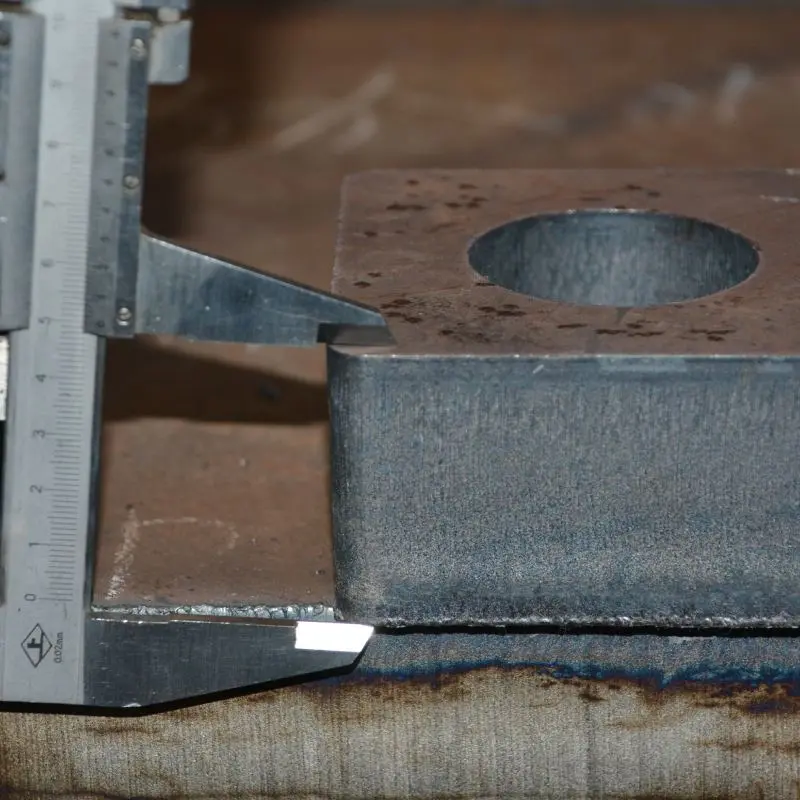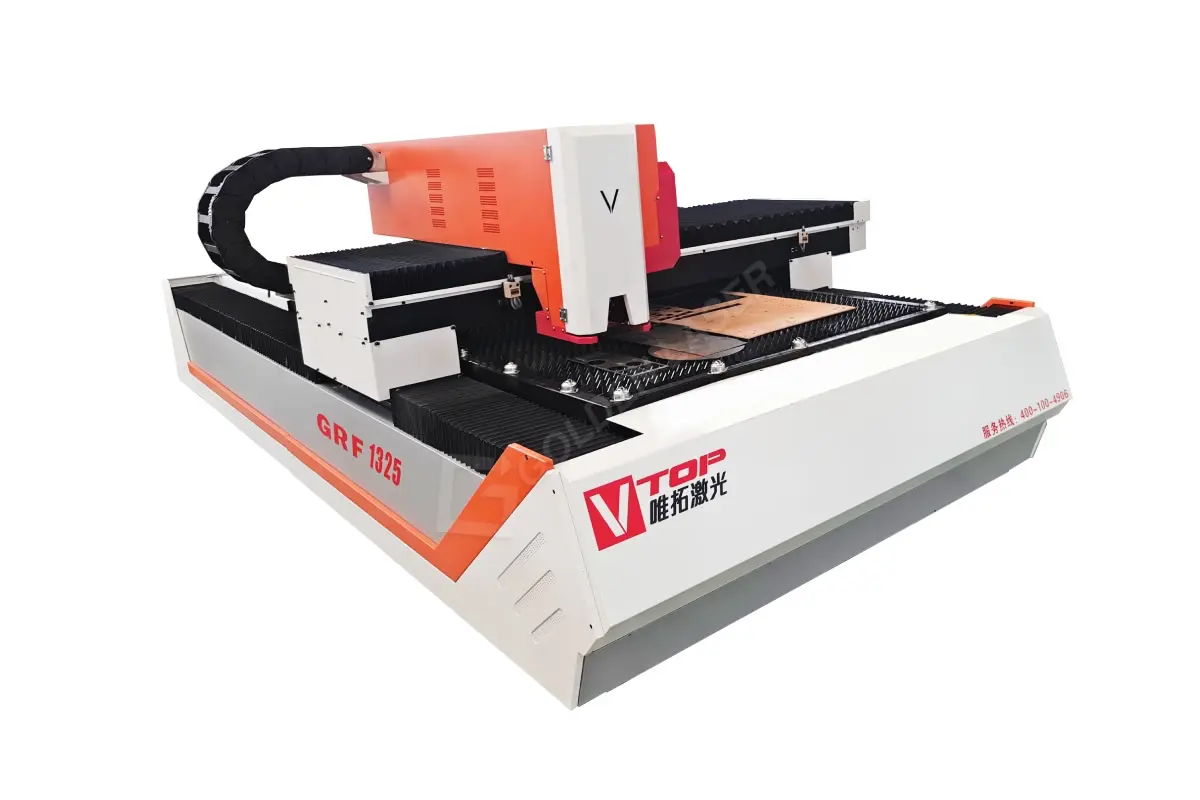****
In the rapidly evolving landscape of manufacturing technology, the introduction of highly precise and efficient tools is vital for ongoing innovation and productivity. One of the most significant advancements in this realm is the laser welding machine. Known for its speed, accuracy, and versatility, laser welding technology is transforming traditional welding methods and setting new standards in various industries. This article explores the benefits, applications, and future potential of laser welding machines.
What is a Laser Welding Machine?
Laser welding machines utilize focused laser beams to join materials, typically metals or thermoplastics. The process involves directing a high-powered laser onto the workpiece, which heats it to its melting point, allowing the materials to fuse together. This method stands out from conventional welding techniques due to its unique ability to produce high-quality welds with minimal thermal distortion. Although laser welding was initially developed in the 1960s, advancements in technology have made these machines more accessible and effective for industrial purposes today.
Advantages of Laser Welding Machines
**1. High Precision and Quality**
One of the most distinguishing features of laser welding machines is their precision. The laser beam can be finely focused to create welds that are incredibly accurate, even in complex geometries. This precision means that the welds produced have a superior finish and excellent mechanical properties. Consequently, manufacturers can achieve tighter tolerances, which is particularly crucial in sectors like aerospace and electronics, where quality and performance are paramount.
**2. Speed and Efficiency**
Laser welding processes are significantly faster than traditional welding methods. The ability to rapidly melt and fuse materials allows for shorter cycle times, resulting in increased productivity. This efficiency does not come at the expense of quality; rather, it allows manufacturers to complete tasks quicker, ultimately reducing production timelines and costs.
**3. Minimal Heat-Affected Zone**

Understanding the Benefits and Applications of Laser Welding Machines in Modern Manufacturing Processes
Traditional welding techniques often result in a large heat-affected zone (HAZ), leading to distortion and other issues. However, laser welding machines produce a concentrated heat input, creating a smaller HAZ. The reduced thermal impact minimizes warping, changes in metallurgical properties, and the necessity for extensive post-weld treatments, making the entire welding process more efficient.
**4. Versatility in Applications**
Laser welding machines are not limited to specific materials; they can weld a variety of metals, including stainless steel, aluminum, and titanium, as well as plastics. This versatility makes them suitable for numerous applications across various industries, such as automotive, aerospace, medical device manufacturing, and electronics. The ability to weld dissimilar materials has also opened new possibilities for innovative products.
**5. Automation and Integration**

Understanding the Benefits and Applications of Laser Welding Machines in Modern Manufacturing Processes
Modern laser welding machines can be easily integrated into automated production lines or robotic systems. This adaptability supports manufacturers in achieving high levels of automation with less manual intervention, alongside more consistent output quality. The integration of laser welding technology into existing manufacturing systems enhances productivity while allowing for advanced quality control measures.
Applications of Laser Welding Machines
Laser welding technology has found applications across numerous sectors due to its advantages.
**1. Aerospace Industry**
In the aerospace sector, engineers often require precise, lightweight, and durable components. Laser welding is used to join intricate parts of aircraft, such as frames and fuselage sections, ensuring structural integrity while maintaining the lightweight characteristics needed for flight.
**2. Automotive Manufacturing**

Understanding the Benefits and Applications of Laser Welding Machines in Modern Manufacturing Processes
The automotive industry utilizes laser welding for everything from car body manufacturing to battery production. The technology allows for high-speed welding of components, contributing to the efficiency and durability of modern vehicles.
**3. Electronics**
In electronics manufacturing, laser welding is commonly used for joining microelectronics and semiconductor components. The precision offered by laser welding is essential in this field, where even the smallest defects can lead to product failure.
Conclusion
As manufacturing industries continue to seek ways to enhance efficiency, quality, and versatility, laser welding machines have emerged as an essential technology. Their unparalleled precision, minimal heat impact, and adaptability across various materials make them a preferred choice for modern manufacturing processes. With ongoing advancements and the integration of automation, the role of laser welding machines is expected to grow, bringing forth new opportunities and innovations in manufacturing. Adopting this technology can ultimately lead to improved operational efficiencies, reduced costs, and higher quality outcomes in production settings. Fiber Laser Cutting Machine For Metal



